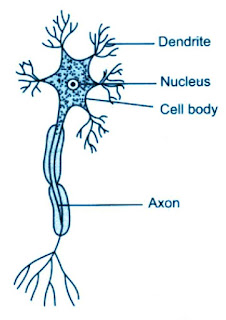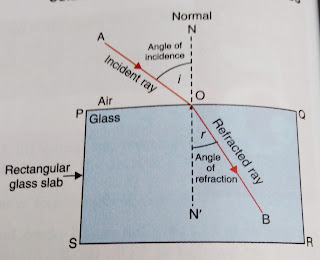NCERT Solutions for Class 6 Maths Chapter 2 Whole Numbers Ex 2.3
Whole Numbers: Here you get NCERT Solutions for Class 6 Maths Chapter 2 Whole Numbers Ex 2.3 with Answers Pdf free download.In NCERT Solution Class 6 Maths with Answers you get question-answer based on latest exam pattern. By providing NCERT Chapter-wise Class 6 Maths Questions with Answers our target to help students get concept of the lesson very well.
You can also visit NCERT Questions for Class 6 Maths Chapter-wise Questions with Answers to revise your syllabus thoroughly and enhance the chances of securing high marks in your board exams. It also helps in your CBSE NCERT Class 6 online test, online exam for admission well.
-------------------------------------------------------------
Board CBSE
-------------------------------------------------------------
TextBook NCERT
-------------------------------------------------------
CLASS Class 6
--------------------------------------------------------
SUBJECT Maths
----------------------------------------------------------
CHAPTER Chapter 2
-------------------------------------------------------------
SUBJECT Whole Numbers
--------------------------------------------------------------
Visit NCERT Solutions
You May Like
NCERT Solutions Class 6 Science
NCERT Solutions for Class 6 Maths Chapter 2 Whole Numbers Ex 2.3 with Answers
Exercise 2.3
Question 1:
Which of the following will not represent zero:
(a) 1 + 0
(b) 0 x 0
(c) 0/2
(d) (10 - 10) / 2
Answer 1:
(a) will not represent zero
Because, [1 + 0 is equal to 1]
Question 2:
If the product of two whole numbers is zero, can we say that one or both of them will be zero? Justify through examples.
Answer 2:
Let A × B = 0
if A is zero than, 0 × B = 0
if B is zero than, A × 0 = 0
if A and B both are zero than, A × B = 0 +0= 0
Hence, If the product of two whole numbers is zero then either one of them is zero or both are zero.
Question 3:
If the product of two whole numbers is 1, can we say that one or both of them will be 1? Justify through examples.
Answer 3:
Let A × B = 1
if A is 1 than, 1 × B = B
if B is 1 than, A × 1 = A
if A and B both are 1 than, A × B = 1×1= 1
Hence if the product of two whole numbers is 1 then both the numbers must be 1.
Question 4:
Find using distributive property:
(a) 728 x 101
(b) 5437 x 1001
(c) 824 x 25
(d) 4275 x 125
(e) 504 x 35
Answer 4:
(a) 728 x 101
= 728 x (100 + 1)
= 728 x 100 + 728 x 1
= 72800 + 728
= 73528
(b) 5437 x 1001
= 5437 x (1000 + 1)
= 5437 x 1000 + 5437 x 1
= 5437000 + 5437
= 5442437
(c) 824 x 25
= 824 x (20 + 5)
= 824 x 20 + 824 x 5
= 16480 + 4120
= 20600
(d) 4275 x 125
= 4275 x (100 + 20 + 5)
= 4275 x 100 + 4275 x 20 + 4275 x5
= 427500 + 85500 + 21375
= 534375
(e) 504 x 35
= (500 + 4) x 35
= 500 x 35 + 4 x 35
= 17500 + 140
= 17640
Question 5:
Study the pattern:
1 x 8 + 1 = 9;
12 x 8 + 2 = 98;
123 x 8 + 3 = 987
1234 x 8 + 4 = 9876;
12345 x 8 + 5 = 98765
Write the next two steps. Can you say how the pattern works?
Answer 5:
123456 x 8 + 6 = 987654
1234567 x 8 + 7 = 9876543
Pattern works like this:
1 x 8 + 1 = 9
12 x 8 + 2 = 98
123 x 8 + 3 = 987
1234 x 8 + 4 = 9876
12345 x 8 + 5 = 98765
123456 x 8 + 6 = 987654
1234567 x 8 + 7 = 9875643
NCERT Solutions for Class 6 Maths Chapter 2 Whole Numbers Ex 2.3 with Answers


